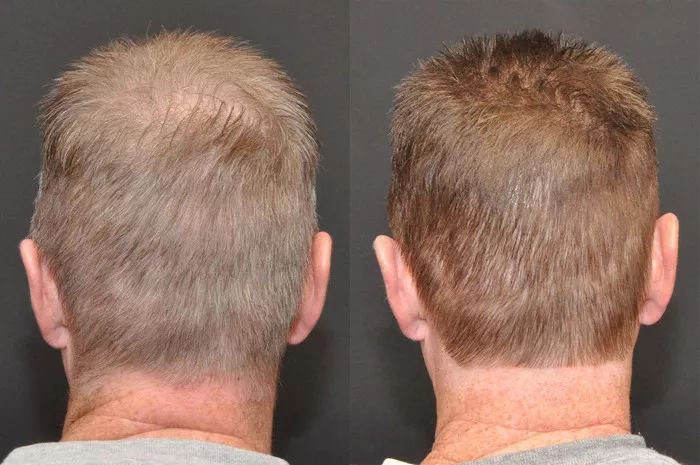Undergoing a hair transplant is a life-changing decision for many individuals seeking to regain a fuller head of hair. However, the postoperative period comes with its own set of concerns, with one of the most common being the redness that occurs at the transplant site. In this article, we will delve into the intricacies of post-hair transplant redness, exploring the factors influencing its duration and offering insights into managing and accelerating the healing process.
The Initial Phase: Days 1-7
The immediate aftermath of a hair transplant is marked by a heightened sensitivity of the scalp, accompanied by redness and mild swelling. This is a natural response to the trauma the scalp undergoes during the procedure. During the first week, patients can expect the redness to be at its peak. The degree of redness varies from person to person and is influenced by factors such as skin tone, the technique used during the transplant, and individual healing capacity.
Understanding the Cause: Vascular Response
To comprehend the duration of post-transplant redness, it’s essential to understand the underlying vascular response. During a hair transplant, tiny incisions are made in the scalp to implant hair follicles. This process triggers a localized inflammatory response, leading to increased blood flow to the transplant area. The dilation of blood vessels results in redness, and this phase is a crucial part of the healing process.
Factors Influencing Redness Duration
Several factors contribute to the duration of redness after a hair transplant:
1. Individual Healing Capacity: Each person’s body responds differently to surgical procedures. Factors like overall health, genetics, and lifestyle can influence how quickly the body heals and, consequently, how long redness persists.
2. Skin Tone: Individuals with lighter skin tones may experience more noticeable redness compared to those with darker skin. This is due to the contrast between the redness and the skin color.
3. Transplant Technique: The method used for the hair transplant plays a role in determining the extent of redness. Advanced techniques like Follicular Unit Extraction (FUE) may result in less redness compared to older methods.
4. Postoperative Care: Following postoperative care guidelines provided by the surgeon is crucial. Proper care, including avoiding sun exposure, refraining from strenuous activities, and using recommended medications, can significantly impact the duration of redness.
Postoperative Care Tips to Reduce Redness
While some degree of redness is inevitable, there are steps patients can take to minimize its duration:
1. Avoiding Sun Exposure: Prolonged sun exposure can exacerbate redness. Wearing a hat or using a gentle sunscreen on the scalp is advisable during the initial weeks post-transplant.
2. Gentle Washing: Following the surgeon’s instructions for washing the scalp is crucial. Using mild, non-irritating shampoos and gentle washing techniques can help reduce redness.
3. Medication Compliance: If prescribed, applying any topical medications or ointments as directed can aid in the healing process and minimize redness.
4. Patience and Rest: Adequate rest and avoiding strenuous activities can prevent additional stress on the scalp, allowing for a smoother healing process.
The Transition Period: Weeks 2-4
As the initial week progresses, patients typically notice a gradual reduction in redness. By the end of the second week, a significant portion of the redness should have subsided. However, some individuals may still experience residual redness, especially if they are prone to skin sensitivity.
Long-Term Outlook: Beyond Week 4
While most patients see a substantial reduction in redness within the first month, complete resolution may take a bit longer. By the end of the first month, many individuals are comfortable returning to their regular activities without drawing attention to the transplant site.
When to Seek Guidance?
If redness persists beyond the expected timeframe or is accompanied by other concerning symptoms such as increased swelling, pain, or signs of infection, it is essential to consult with the transplant surgeon promptly. In some cases, prolonged redness may be indicative of an underlying issue that requires attention.
See Also: [Revealed!] How Long for Hair Transplant Results to Emerge?
Conclusion
In conclusion, the duration of redness after a hair transplant is a variable experience influenced by multiple factors. While the immediate postoperative period sees the most pronounced redness, proper care, adherence to postoperative guidelines, and individual healing capacity play crucial roles in determining how quickly it resolves. Patients should approach the recovery process with patience and follow their surgeon’s recommendations for optimal results. Understanding the timeline of post-transplant redness is integral to managing expectations and ensuring a successful and satisfying outcome.


